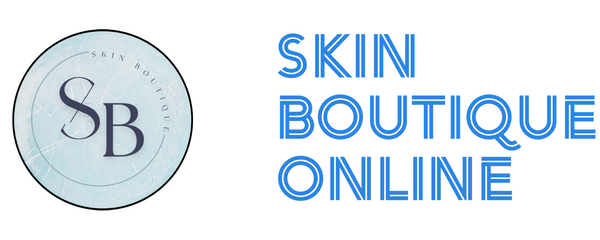The Ultimate Guide to Adding Retinol in Your Skincare Routine
When it comes to achieving flawless skin, using the right skincare ingredients into your routine is crucial. Retinol is a strong skincare ingredient that can make skin smoother, increase collagen, and lessen signs of aging. Let's dive into how to use retinol effectively and what you need to consider based on your skin type.
Understanding Retinol and Its Benefits
Retinol, a derivative of vitamin A, is a staple in many skincare routines. It speeds up cell turnover, reducing fine lines and wrinkles, evening out skin tone, and improving skin texture. Different retinol products come with varying percentages of retinol, typically ranging from 0.25% to 1%. The concentration of retinol you choose should depend on your skin's tolerance and your specific skincare goals.
Choosing the Right Retinol Product
PCA Skin offers a variety of retinol products designed to target different skin concerns. When selecting a retinol product, consider your skin type:
- Sensitive Skin: Opt for a lower concentration of retinol, around 0.25%, to allow your skin to adjust gradually.
- Normal Skin: You can start with a moderate concentration, such as 0.5%.
- Acne-prone skin: If you have oily or acne-prone skin, using a higher concentration of 1% may be more effective. It works even better when combined with ingredients like salicylic acid to keep your pores clear.
How to Incorporate Retinol into Your Skincare Routine
To maximize the benefits of retinol while minimizing potential side effects, follow these steps:
- Start Slow: Begin with a pea-sized amount of retinol applied every other night. This helps your skin adjust to the powerful ingredients.
- Use moisturizer after using retinol to prevent dryness and keep your skin hydrated.
- Sun Protection: Retinol can increase your skin's sensitivity to sun exposure. Always apply a broad-spectrum sunscreen during the day to protect your skin from further damage and prevent sun-damaged skin.
- Be Patient: It can take a few weeks to a few months to see noticeable improvements. Consistency is key.
Addressing Common Side Effects
As your skin adjusts to retinol, you may experience some side effects, such as redness, peeling, or dryness. These effects are usually temporary and can be managed by using less often or using a lower concentration. If irritation persists, consult with a skincare specialist to adjust your routine.
Boosting Collagen Production
One of the significant benefits of retinol is its ability to stimulate collagen production. Collagen is essential for maintaining skin elasticity and reducing the appearance of fine lines and wrinkles. Regular use of retinol helps in promoting a youthful and plump complexion by boosting collagen levels.
Retinol and Skin Aging
Using retinol in your skincare routine can significantly slow down the process of skin aging. Retinol reduces signs of aging by increasing cell turnover and collagen production, improving fine lines, wrinkles, and skin tone. Consistent use over time leads to firmer, smoother, and more radiant skin.
Conclusion
Retinol is a powerful ally in the fight against skin aging and achieving a flawless complexion. Understand your skin type.
Use the correct amount of product. Apply it properly in your skincare routine. This will help you achieve the best results for your skin.
Remember to protect your skin from sun exposure and be patient as your skin adjusts to this potent ingredient. With consistent use, you'll enjoy the transformative effects of retinol on your skin's texture and overall appearance.
